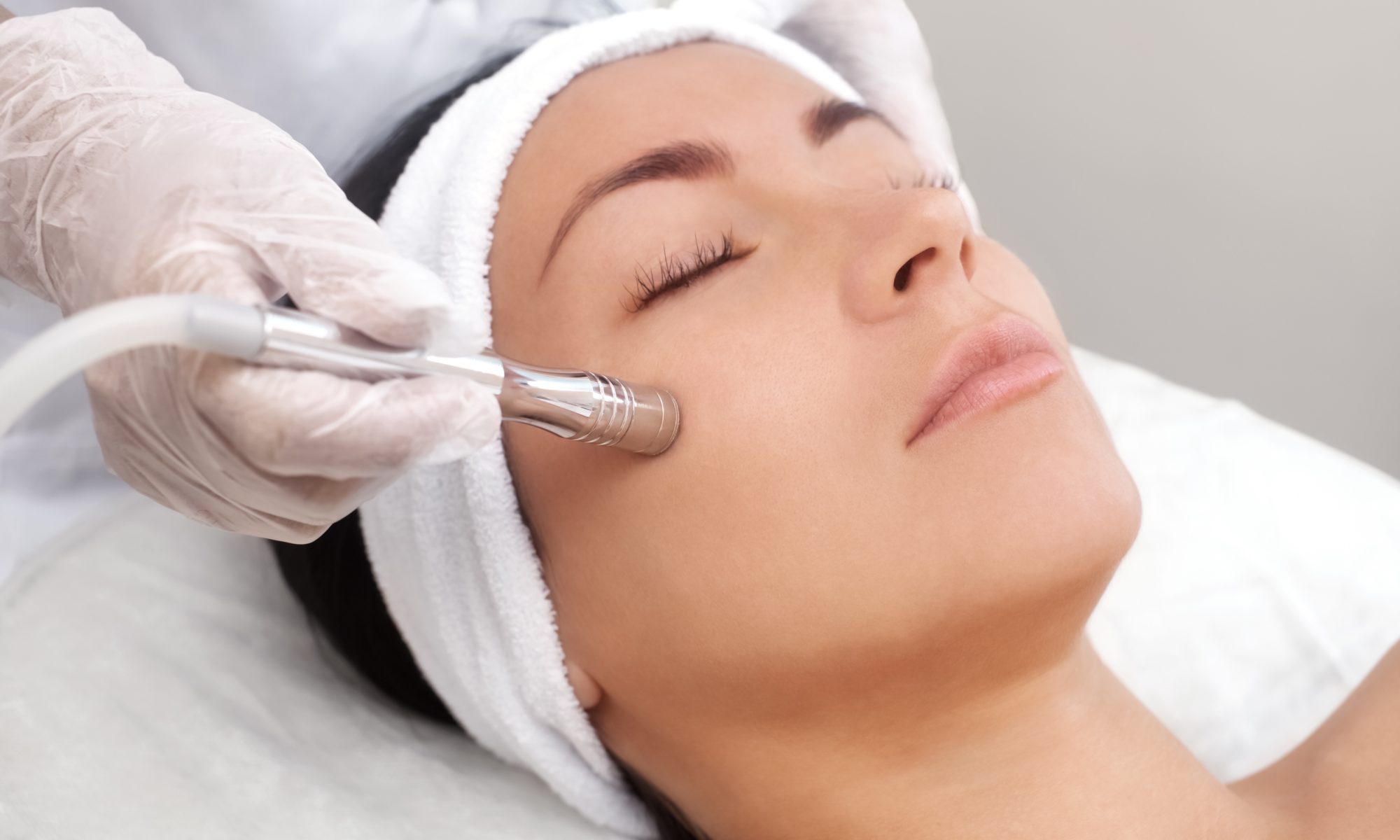What is Mechanical Peeling?
How many types of Peeling Techniques are there?
1. Mechanical Peeling
2. Chemical Peeling
3. Purpose and Procedure
What are the factors affecting Chemical Peeling?
What is Mechanical Peeling?
Mechanical Peeling is a cosmetic method used to remove dead cells from the surface of the skin to stimulate the function of the cells from deep layers. Most techniques do not dramatically alter the architecture of the skin, because it acts mainly at the epidermis level (the outer layer of the skin). Yet, there are more aggressive methods that can even modify the structure of the proteins in the skin.
How many types of Peeling Techniques are there?
Peeling (also known as gommage) can be classified into two categories, according to the action involved: mechanical and chemical.
- Mechanical Peeling
Mechanical peeling uses the exfoliating action of granules and abrasive particles which are contained in various creams or natural masks combined with light massage. The result is the removal of dead cells from the epidermis.
- Chemical Peeling
On the other hand, chemical peeling involves applying a liquid (or cream like) chemical solution to the skin. After application, some time is needed in order for the cream to enter the skin and take effect. Within 4 days, depending on the infiltration capacity of each cream, the epidermis begins the peeling process.
- Purpose and Procedure
The purpose of this procedure is to destroy and remove in a controlled manner and under the supervision of specialists the degraded parts of the skin. This accelerates the regeneration process of the skin. The substances used are part of the chemical exfoliant category.
Moreover, chemical substances used in chemical peeling are of different types according to both how deep they reach into the skin and to the chemical nature of the main substance they consist of.
What are the factors affecting Chemical Peeling?
Among the factors that influence the penetration capacity of these chemical substances are: the level of acidity of the peeling agent, the number of the applied layers as well as time needed for the peeling before the acid is neutralized. What should be paid attention to is the fact that profound treatment involves risks the patient needs to know: it is more painful and the recovery and healing period is longer.
Conclusions
Mechanical and Chemical Peeling techniques offer non-invasive methods for skin rejuvenation, with Mechanical Peeling employing granules and abrasive particles to gently exfoliate the epidermis, while Chemical Peeling utilizes liquid chemical solutions for controlled skin renewal. Both aim to accelerate skin regeneration under professional supervision, though Chemical Peeling’s effectiveness depends on factors like acidity level and application method. Careful consideration of potential risks is essential for patients seeking profound skin treatment.


